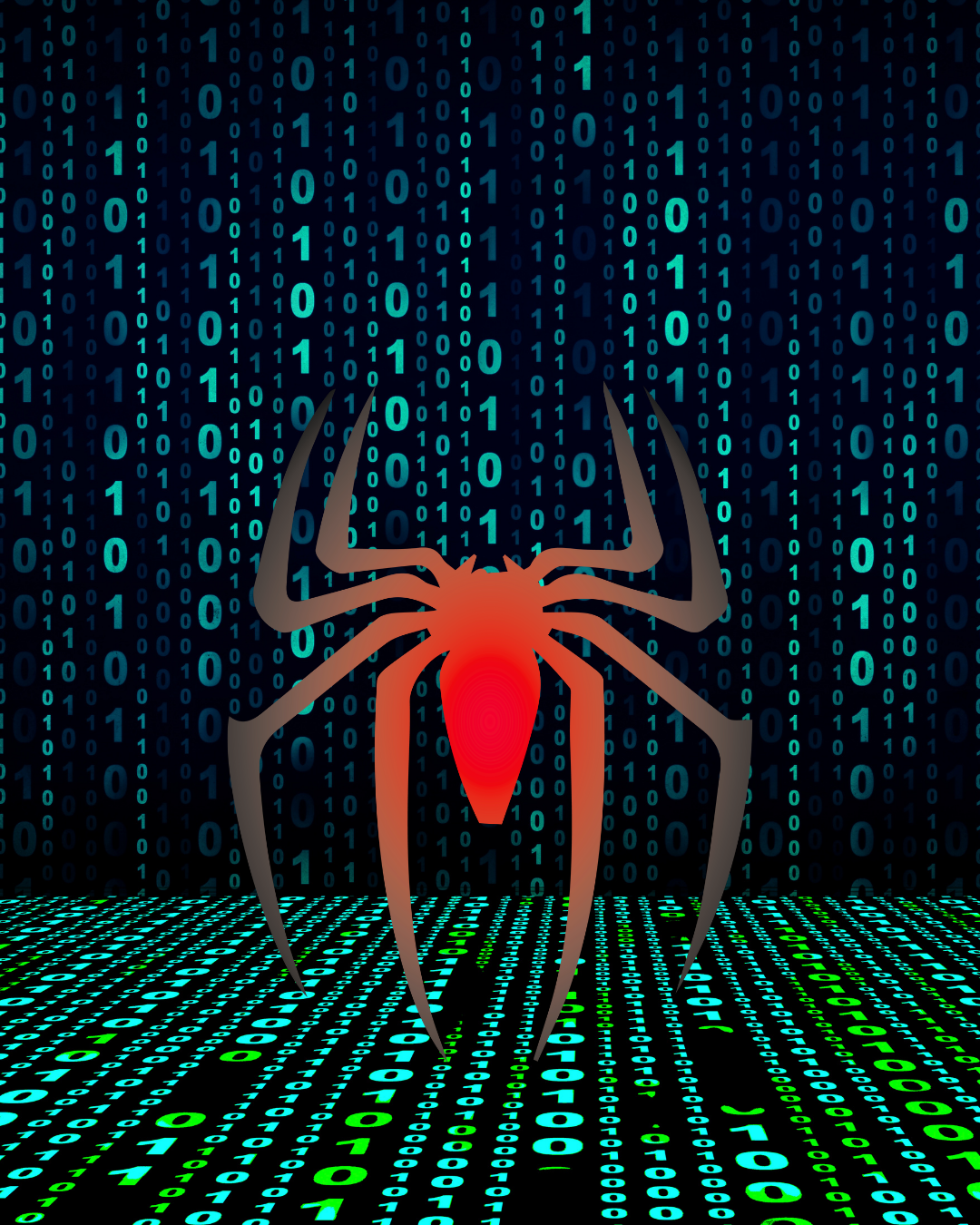As the Cybersecurity Maturity Model Certification (CMMC) 2.0 framework continues its rollout, the Department of Defense (DoD) has made one thing clear — cybersecurity isn’t just a compliance checkbox anymore. It’s a national security priority.
While CMMC Level 1 and Level 2 focus on safeguarding Federal Contract Information (FCI) and Controlled Unclassified Information (CUI), CMMC Level 3 (“Expert”) is designed to protect the most sensitive CUI and defend against Advanced Persistent Threats (APTs).
For defense contractors supporting critical missions or high-value programs, achieving Level 3 will be essential for continued eligibility and credibility within the Defense Industrial Base (DIB).











